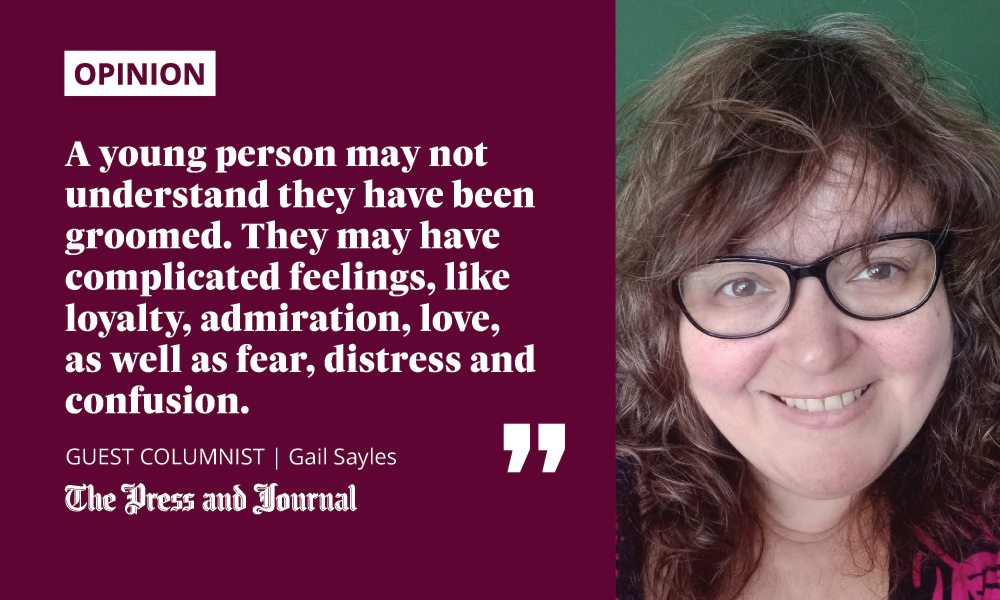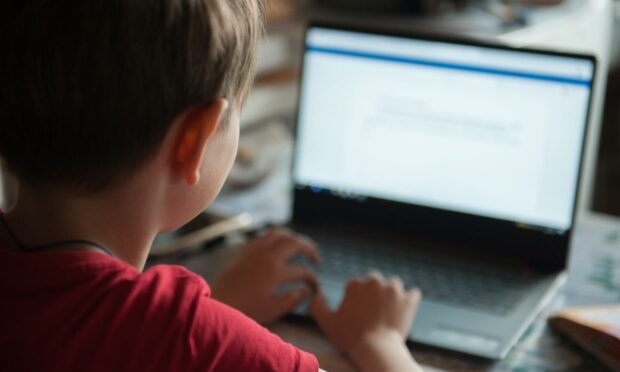This year, crimes of online grooming reached an all-time high in Scotland.
During the pandemic, especially through lockdowns, children spent a lot more time online and may have felt isolated and lonely, increasing their risk of being targeted by sexual offenders.

Because these types of offenders will often build trust or an emotional connection with a child before exploiting and abusing them, the young person may not understand they have been groomed. They may have complicated feelings, like loyalty, admiration, love, as well as fear, distress and confusion. That is why it is so important that adults in a child’s life are aware of the risks, signs and how to help a young person who is at risk or has been groomed.
Children can be groomed by a stranger or someone they know and the perpetrator may hide who they are by sending photos or videos of other people. Sometimes this will be of someone younger than them to gain the trust of a “peer”. They might target one child online or contact lots of children very quickly and wait for them to respond.
The signs of grooming
The signs aren’t always obvious and may be hidden. But some of the possible signs are if a child is being very secretive about how they’re spending their time online and sexualised behaviour, language or an understanding of sex that’s not appropriate for their age. Early on in the process, a child may seem happy as the perpetrator befriends them and makes them feel special.
Grooming can have both short and long-term effects. A child might have difficulty sleeping, be anxious or struggle to concentrate or cope with school work. They may become withdrawn, uncommunicative and angry or upset. Any significant change in a child’s behaviour can be an indicator that something is wrong.
Some children are more at risk of grooming, particularly those who are vulnerable. Children in care, with disabilities or who are neglected can be targeted by groomers. Groomers will exploit any vulnerability to increase the likelihood that a child will become dependent on them and less likely to speak out.
Any adult or young person wanting to report online grooming can do so on the National Crime Agency’s Child Exploitation and Online Protection command’s website. They can also contact the police, by calling 999 if a child is at immediate risk or 101 to report a crime that has been committed.
If a young person has had a sexual image or video of themselves shared online they can use Childline and the Internet Watch Foundation’s discreet Report Remove tool to see if it can be taken down.
Young people can get support from Childline throughout the process. Childline is here, free and confidentially, for children on 0800 1111 or at childline.org.uk.
Gail Sayles is NSPCC Scotland Local Campaigns Manager
